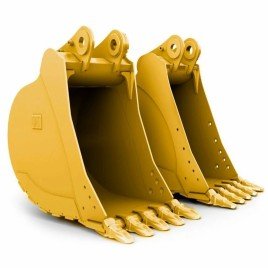
When it comes to heavy-duty excavation and earthmoving tasks, choosing the right bucket for your excavator can make all the difference. Among the most common choices are Rock Buckets and General Purpose Buckets — both designed for distinct types of materials and working conditions. Understanding their differences helps improve performance, extend machine life, and ensure efficiency on-site.
In this blog, we’ll explain what sets a Rock Bucket apart from a General Purpose Bucket, their specific applications, and how to choose the right one for your project.
A Rock Bucket is a specialized excavator attachment built to handle the toughest digging conditions — including hard rock, compacted soil, and abrasive materials. It’s engineered for strength, durability, and resistance to wear and tear.
Typically, a Rock Bucket features:
Thicker steel plates and reinforced side cutters
Heavy-duty teeth or replaceable wear tips for better penetration
Wear-resistant liners on the inner surfaces
Smaller spacing between tines to prevent large rocks from jamming
These design elements make the Rock Bucket ideal for quarrying, mining, and demolition applications where the excavator must break through solid materials and load them efficiently.
As the name suggests, a General Purpose (GP) Bucket is designed for lighter, everyday excavation work. It’s the standard bucket that comes with most excavators and is suitable for digging and loading common materials like clay, sand, topsoil, or gravel.
General Purpose Buckets usually feature:
Lighter construction compared to rock buckets
Standard steel build with moderate wear resistance
Broader shape for larger loading capacity
Smooth edges or standard teeth for clean scooping
A GP Bucket is perfect for regular construction, landscaping, and trenching tasks where the materials are not too abrasive or dense.
A Rock Bucket is essential when you’re working in environments with dense or abrasive materials. Here are some scenarios where it shines:
Quarries and mines: Excavating, breaking, and loading rocks.
Road construction: Removing compacted layers or breaking through bedrock.
Demolition projects: Handling reinforced concrete and debris.
Heavy-duty excavation: Digging in highly compacted soil or gravel.
By using a Rock Bucket in such conditions, you prevent premature wear on your equipment and improve productivity by reducing downtime and maintenance.
For projects involving soft or medium-hard materials, a General Purpose Bucket offers greater efficiency. Ideal for:
Earthmoving and landscaping: Moving soil, sand, and light gravel.
Trenching: Digging pipelines and drainage systems.
Loading and backfilling: Handling loose materials easily.
Agricultural tasks: Handling compost, fertilizer, or loose aggregates.
The GP Bucket’s lighter design also ensures faster operation cycles, saving fuel and time in day-to-day construction tasks.
Selecting between a Rock Bucket and a General Purpose Bucket depends mainly on your project’s material type and intensity.
Here’s a quick checklist to help you decide:
Material Hardness: If you’re dealing with hard, abrasive, or compact materials, go for a Rock Bucket.
Frequency of Use: For everyday construction or landscaping, a General Purpose Bucket is more cost-effective.
Excavator Capacity: Heavy buckets like rock types require higher operating power; ensure your machine can handle the added load.
Budget Considerations: While a Rock Bucket is more expensive upfront, it lasts longer and saves maintenance costs over time.
Both Rock Buckets and General Purpose Buckets play vital roles in excavation projects — the key lies in matching the bucket to the material and task at hand. If your work involves heavy-duty digging in rocky terrain, a Rock Bucket is your best investment for long-term performance and durability. On the other hand, for standard earthmoving or construction work, a General Purpose Bucket ensures speed and efficiency.
By choosing wisely, you’ll not only protect your excavator but also boost productivity, reduce fuel costs, and extend the lifespan of your equipment.
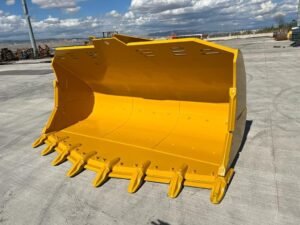
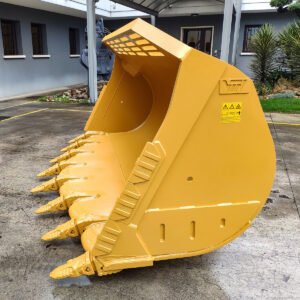
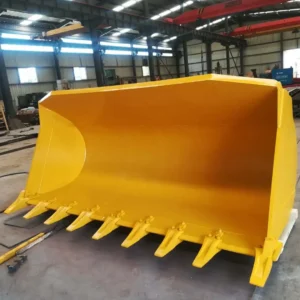
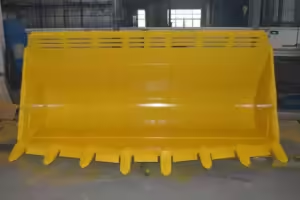
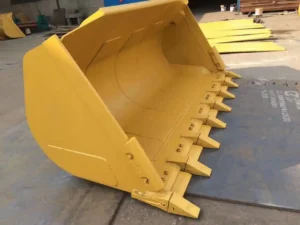
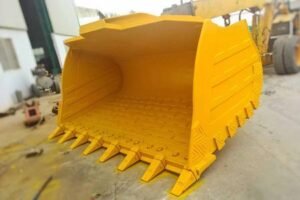
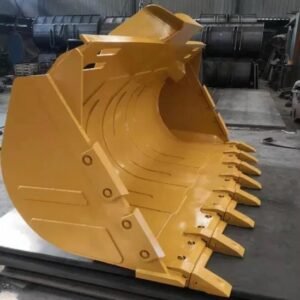
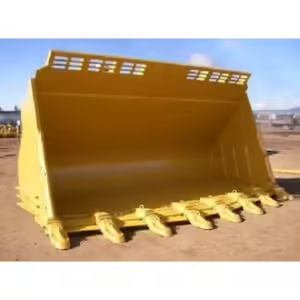
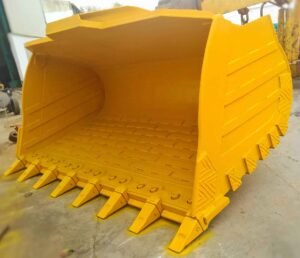
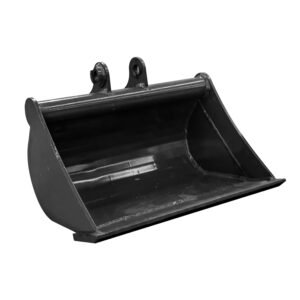
TEAM. All Rights Reserved. Developed by Pixel Tech.